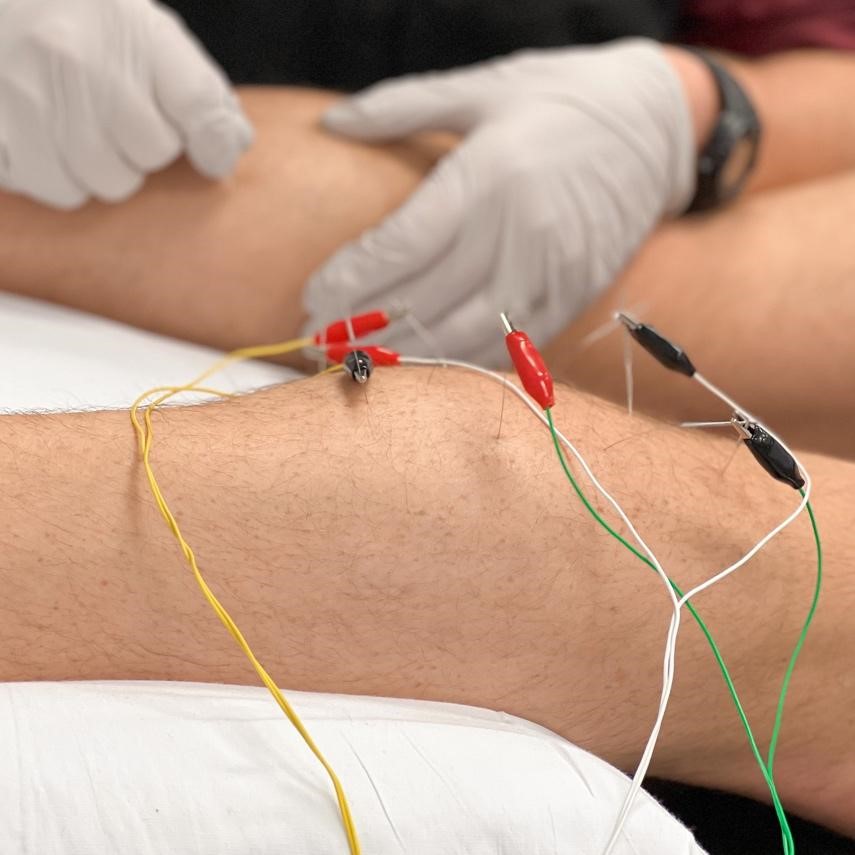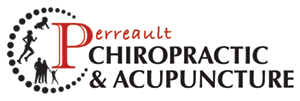
What is it
Dry needling is a therapeutic technique to treat musculoskeletal pain, muscle tightness, and trigger points (also known as muscle knots). The technique involves inserting thin, solid needles into specific areas of muscle or connective tissue, without injecting any substance (hence the term “dry”). The goal is to stimulate the affected muscle or trigger point to alleviate pain, reduce tension, and promote healing.
Conditions
Common conditions treated with dry needling:
- Myofascial pain syndrome
- Muscle strains/sprains
- Tension headaches
- Migraines
- Chronic neck and back pain
- Rotator cuff injuries
- Achilles tendonitis
- Patellar tendonitis
- TMJ dysfunction
- Plantar fasciitis
- Tennis elbow
- Hamstring injuries
- Knee osteoarthritis
- Sciatica
- Carpal tunnel syndrome
- Post-surgical rehabilitation
FAQ’s
What is the difference between dry needling and acupuncture?
Both involve the use of needles but they are based on different principles. Dry needling is based on Western medicine and targets specific trigger points whereas acupuncture is rooted in Chinese medicine and focuses on balancing the body’s energy.
Does dry needling hurt?
Dry needling can cause mild-moderate discomfort, especially if the wire hits a sensitive trigger point or nerve. Many people experience a twitch response in the muscle when the wire is inserted, which may feel like a sudden, sharp but brief muscle contraction. Some patients indicate a slight mosquito bite sensation as the needles are being inserted.
Some people experience soreness in the treated muscle, which is often similar to the feeling of having worked out. This typically lasts for 1-2 days.
What is dry needling stimulation?
This is a treatment that combines traditional dry needling with the application of electrical stimulation through the wires. This technique enhances the effects of dry needling which provides additional therapeutic benefits, especially in terms of pain relief and muscle activation.
Treatment
A typical dry needling treatment takes 30 minutes. The needles once inserted, will be left in place, with or without stimulation, for 20 minutes.
The frequency and number of treatments are determined by the patient’s condition. Typically, we plan on treatments once a week for 3-5 weeks and then can reassess.
It’s recommended to drink plenty of water to help flush out any metabolic waste that may have been released from the muscles during the treatment.
